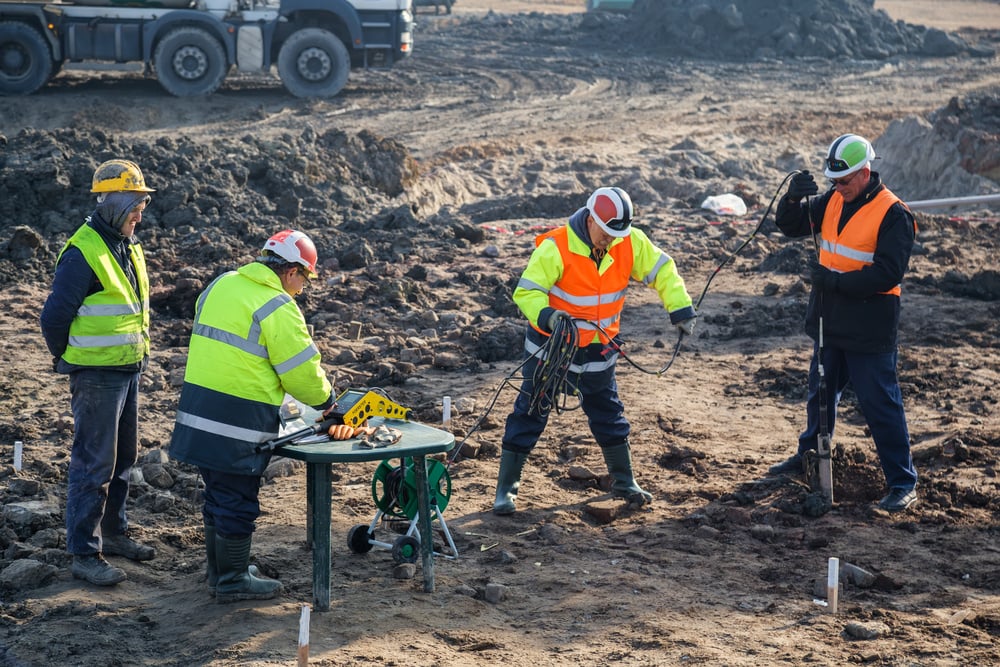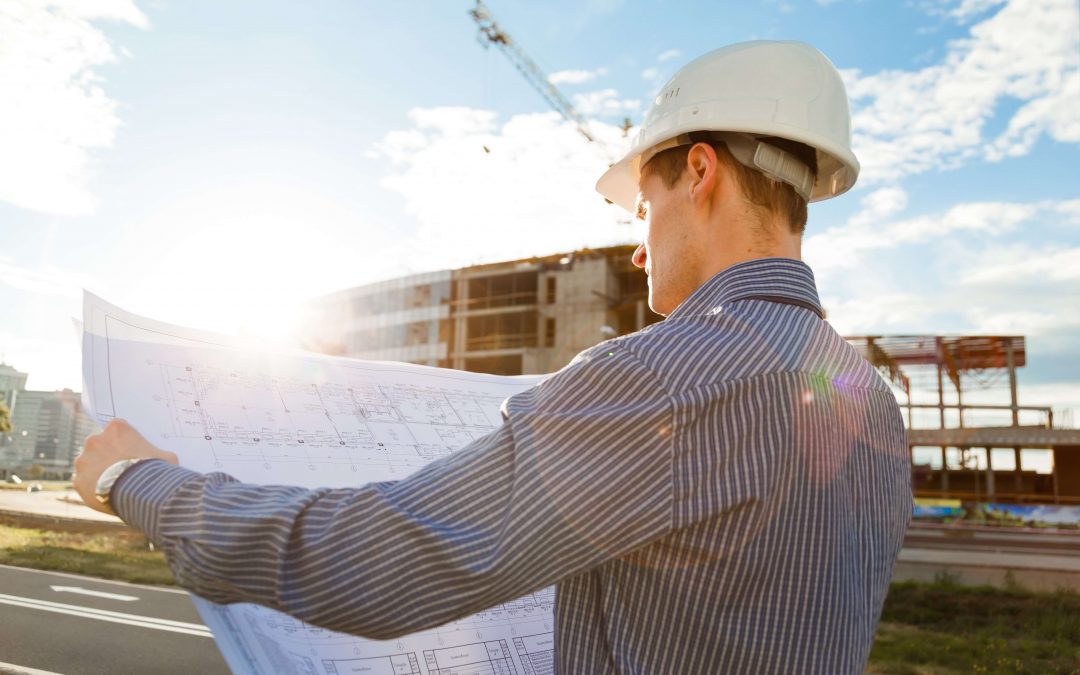Some Known Factual Statements About Geotechnical Engineering For Construction Projects
Some Known Factual Statements About Geotechnical Engineering For Construction Projects
Blog Article
Rumored Buzz on Geotechnical Engineering For Construction Projects
Table of ContentsGeotechnical Engineering For Construction Projects - An OverviewThe 2-Minute Rule for Geotechnical Engineering For Construction ProjectsGeotechnical Engineering For Construction Projects Things To Know Before You BuyThings about Geotechnical Engineering For Construction ProjectsWhat Does Geotechnical Engineering For Construction Projects Mean?Geotechnical Engineering For Construction Projects Things To Know Before You Buy
These functions have to be analyzed by geotechnical designers to forecast their motions under numerous circumstances., making this evaluation essential.A geotechnical engineer will take a look at soil to determine the bearing capability of the planet and recommend correct structure types, such as superficial structures, deep foundations like piles, or specialized services like drifting structures for soft soils. Understanding the functions and actions of dirt and rock, along with how they communicate with constructions that have been set up on or within them, is just one of the main explanations for why geotechnical engineering is necessary.
Along with structural planning and building and construction, geotechnical engineering is likewise essential to the restoration and upkeep of pre-existing structures. Age-related destruction or extra problems might affect a framework's stability and performance. Environmental security is achieved through geotechnical design. Proficiency in air, water, and soil top quality maintenance is used by geotechnical engineers to decrease the unfavorable results of jobs.
To sum up, geotechnical design is an essential technique that maintains the durability and honesty of civil framework. Geotechnical designers contribute to making building jobs reliable all over the globe by comprehending the behavior of earth materials and using proper planning strategies.
The 9-Minute Rule for Geotechnical Engineering For Construction Projects
By checking out soil, rock, and subsurface conditions, geotechnical designers give essential understandings that help in the design, building and construction, and upkeep of structures and framework.

The Of Geotechnical Engineering For Construction Projects
Research laboratory screening: Identifying the residential or commercial properties of soil and rock. Numerous top-level construction projects have efficiently used geotechnical engineering to guarantee their security and safety.

As a leader in geotechnical engineering, BECC Inc. is dedicated to delivering cutting-edge and effective services that meet the greatest requirements of quality and security. For even more information on exactly how BECC Inc. can sustain your next building task, contact us today and let us aid you improve solid ground.
William Rankine, a designer and physicist, developed an alternate to Coulomb's planet pressure concept. Albert Atterberg created the clay uniformity indices that are still made use of today for soil classification. In 1885, Osborne Reynolds identified that shearing reasons volumetric expansion of dense materials and contraction of loose granular materials. Modern geotechnical design is claimed to have started in 1925 with the magazine of Erdbaumechanik by Karl von Terzaghi, a mechanical engineer and rock hound.
Not known Facts About Geotechnical Engineering For Construction Projects
Terzaghi additionally established the structure for concepts of bearing capability of foundations, and the theory for forecast Click This Link of the rate of negotiation of clay layers due to combination. Afterwards, Maurice Biot totally created the three-dimensional soil debt consolidation concept, extending the one-dimensional design previously established by Terzaghi to more basic theories Continued and introducing the collection of basic formulas of Poroelasticity.
Geotechnical designers examine and determine the homes of subsurface conditions and products.
Get This Report about Geotechnical Engineering For Construction Projects
Still, they are sometimes utilized to enable a geologist or designer to be lowered into the borehole for straight aesthetic and manual evaluation of the soil and rock stratigraphy. Numerous soil samplers exist to meet the needs of various engineering jobs. The standard infiltration examination, which uses a thick-walled split spoon sampler, is one of the most common way to collect disturbed samples.

If the user interface in between the mass and the base of a slope has a complex geometry, incline stability evaluation is tough and numerical remedy approaches are needed. Generally, the interface's exact geometry is unidentified, and a simplified interface geometry is assumed. Finite slopes call for three-dimensional designs more to be examined, so most slopes are examined thinking that they are definitely vast and can be represented by two-dimensional designs.
Getting My Geotechnical Engineering For Construction Projects To Work
Creating the design based on a functioning hypothesis of behavior prepared for under the most probable problems. Choice of quantities to be observed as construction earnings and computing their prepared for values based on the working hypothesis under the most undesirable conditions.
Measurement of quantities and assessment of actual problems. It is inappropriate for projects whose style can not be changed during building.
Report this page